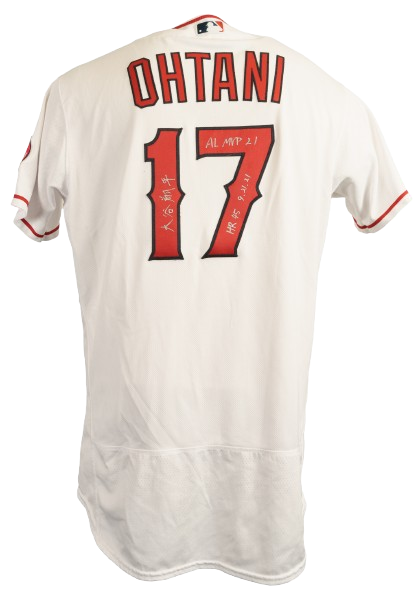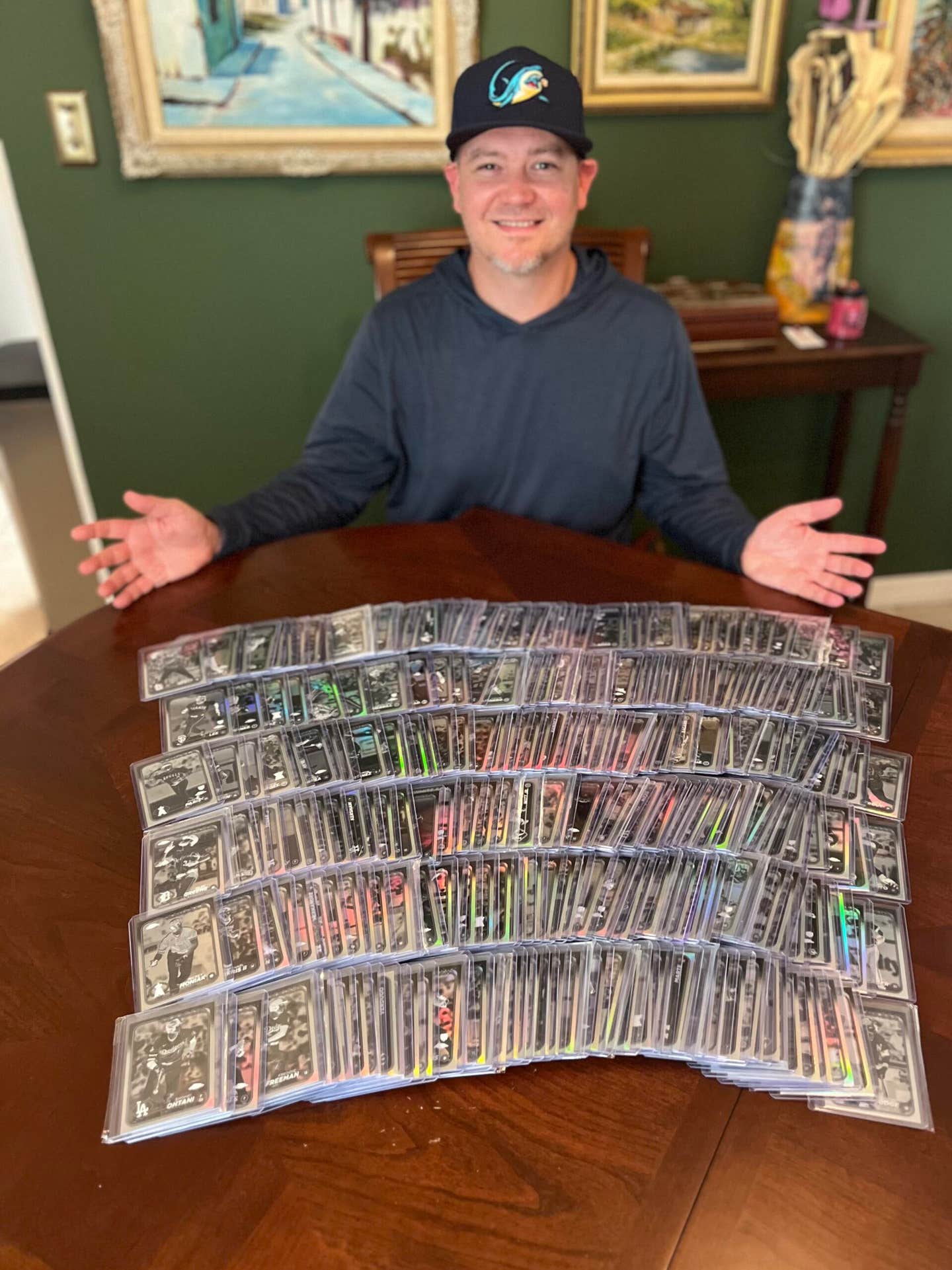Collecting 101
Uncut sheets boast unique place in hobby lore
It would be a more compelling story if I could tell you the exact first moment when I saw one, but life - and our hobby - are rarely that tidy. I suppose it was at a card show around 1980 or so in Albany, N.Y.
Heck, I don't even remember what year was involved, but I do recall I was mesmerized by that first uncut sheet of Topps cards. So this was where baseball cards came from .... I wasn't expecting a stork, but I really hadn't given a great deal of thought about the process of the cards getting into packs. I did know that I wanted it badly, though I wasn't sure what I would do with it if I had it.
Back in those days uncut sheets seemed to have a relatively higher profile than they do now. When I started going to the Willow Grove "Philly" Show in 1983, I started seeing infinitely more spectacular sheets, including panels of the 1959 Fleer Ted Williams cards that I had collected out of vending machines at a penny apiece in the year of issue.
For old-time collectors, you can't help but look at uncut sheets and think how cool they would look in place of wallpaper in a basement den or informal living room. Sheets starting around 1970 or so are at 132 cards per sheet, though I suspect there are some newer collectors who don't realize that figure represents half of a full production sheet, which was 264 cards. Now that would require some serious space for display. Because of the enormous size, as far as I know the only size sheet that ever sees the light of day in the hobby is 132 cards.
In the 1950s and 1960s, the sheet was 110 cards, which explained why we would get checklist cards that showed 88 cards, then notice that the numbering actually went all the way to 110. Though we didn't realize it at the time, it was a fiendishly clever way for Topps to hook the youth of America into getting a start on the next series.
The high-water mark of uncut sheet interest probably came in 1989 at the legendary Topps Auction by Guernsey's at Hunter College on 68th Street in New York City. Obviously, uncut sheets were only a tiny portion of that historic sale, but the segment still ended up bringing several hundred vintage sheets into the mainstream hobby, touching all four major sports and many of the classic Topps sets from the 1960s and 1970s.
No less of a hobby icon than Alan "Mr. Mint" Rosen gets as excited about uncut sheets as I do, only he's had a good deal more firsthand experience. "I've had printer's plates from 1970-75, I had more than 500 of them, and they were eventually cut up and sold individually," said Rosen.
In the 1990s, he turned up an amazing find of 1957 Topps Baseball. "The sheets were in the attic of a house in Philadelphia, with the sheets - most from the second series that included the Mickey Mantle card, were under the floorboards. There were more than 230 sheets in all."
Being so carelessly stored didn't quite do the cards justice: many were damaged by wall studs and from moisture, so many of the 110-card sheets wound up being whittled down into strips, a common occurence with uncut sheets.
Rosen said he once purchased more than 500 uncut sheets from the mid to late 1970s, adding that he's also handled complete sets of Topps baseball from the same period. He only recently had a 66-card 1962 Topps high-number blank-backed proof sheet, and just within the past couple of weeks bought a 1962 Topps "Green Tint" variation sheet from famed collector Neil Sakow ("World's Greatest Howdy Doody Collector"). Rosen said he also recently purchased an incredible 1956 Topps sheet with Mantle and a 1958 Topps Baseball "Yellow Letter" variation sheet.
Another iconic hobby figure, Larry Fritsch of Larry Fritsch Cards in Stevens Point, Wis., has some fairly cool uncut sheets of his own. He's a big fan of the sheets, too, but concedes the bulk of the sheets poses problems even for diehard collectors.
"I love (the sheets), but once you've got them, what do you do with them?" said Fritsch. "I don't think anybody does them anymore." He also reminded me about one of the great reference uses for the sheets: they provide the hobby with invaluable information about double prints and short prints, and frequently address long-standing mysteries about why certain cards are so much harder to locate than others of the same series.
"They are hard to sell, and then hard to ship when you do," Fritsch added, "but there are still guys who collect them." Fritsch himself would technically fit into that category, though it might be more accurate to suggest that he's a party of one in his own little niche. He has a 1951 Bowman sheet with the Mickey Mantle rookie card, an item he figures might fetch around $200,000.
He also has a number of early 1950s Bowman sheets, but in terms of rarity, all of those pale against one sheet that most collectors have never even seen. "My best sheet is from the 1961 Topps Dice Game test sheet," said Fritsch, referring to a seldom-seen issue that's so tough to find that the Standard Catalog of Baseball Cards doesn't even list a "set" price. Just the Mantle alone is listed in the book for $45,000, with Willie Mays and Stan Musial around half of that. Fritsch's uncut sheet of the black-and-white set is the only one known in the hobby.
And speaking of the "only one known," one of the most prolific uncut sheet collectors is Mike Gidwitz, the Chicago-based investment advisor who in 2000 sold the most famous single pasteboard in the hobby for the highest price ever: the $1.265 million T206 Honus Wagner card.








